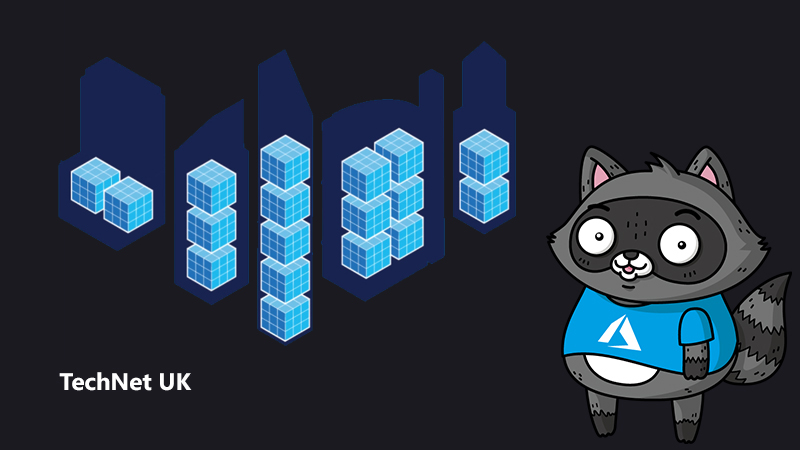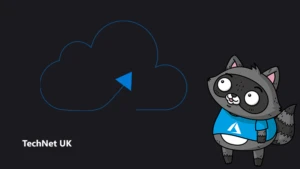
How to get started with Azure Networking Security

If you’ve read any of my blog posts regarding networking in Azure, you might have guessed it’s one of my favourite topics. For IT Ops, it’s one of the shifts in thinking required to make a change to cloud. As software-defined-networking is one of the core concepts required for a successful cloud implementation, it’s no surprise that the security of that networking is a close second.
Looking at it as simply as possible, good network security means allowing only required traffic and preventing everything else while logging what is useful for auditing. Azure offers several integrated services that can help achieve this.
With that in mind, there are three major scenarios to deal with when it comes to Azure networking:
- Azure Resource to Azure Resource
- Azure Resource to on-premises Resource
- Azure Resource to/from the Internet
I will reference each as we cover the different best practises available.
Access Control
Good network access control requires layering. In Azure, the most common networking concept is a VNet. A VNet does not, by default, get access to another VNet. However, within a VNet, every subnet, by default, has access to each other. So, the subnet layer is most likely where you will need to address access control. In Azure this can be done in two, free, simple ways. Custom Route Tables and/or Network Security Groups.
Custom Route Tables are exactly as they sound. They modify the system route table using routes you specify. If your route matches a system route, it will take preference, user defined routes always do. Similarly the lowest prefix match will always win. More on route tables here. CRTs are applied at subnet level and can quickly manipulate network traffic for your entire VNet. For example, preventing internet access by dropping traffic to 0.0.0.0/0.
Network Security Groups are a little bit more complex in application, but their concept is straight forward. They are an ACL for your network. They can be applied at subnet or network interface level. While NSGs allow you to create complex and granular rules quite simply, managing them at scale can be a challenge. More on them here.
Firewall
While the above allows for control of the network from a routing and access perspective, you may also need to control traffic by inspection and filtering. Within Azure, there are two main options for this; Azure Firewall or a 3rd party NVA.
Azure Firewall was released last year and is a stateful, firewall-as-a-service resource. It offers HA and scalability, however, it’s still a young product and therefore light on traditional network security options. More on it here.
Thankfully, Azure and network appliance vendors have been working better together recently. Most solutions you would expect are available in the Marketplace. The common gripe is that documentation can be light if not bad. However, if you need continuity with your local site, or a specific feature well then they are your best choice. My advice is to reach out to the Azure community if you are having issues, generally someone will have had the same issue and can help!
Perimeter
It’s best to start with some basic architecture decisions relative to your Azure perimeter.
- Will Azure have a public perimeter?
- Will it be inbound and outbound?
- What requirements are there for a private perimeter?
Once the above are answered, you have a couple of well documented implementation options. They all operate on the same premise of layering. This allows for segregation of traffic most commonly with a firewall aspect. This combined with UDR can lead to a well designed and secure environment allowing only the network access required. Therefore layering everything that has been discussed already.
Monitoring
In Azure, there are two major tools to help you with this:
- Azure Network Watcher
- Azure Security Center
Network Watcher is one of my favourite tools in Azure. Within a couple of minutes, you can gain granular insights into your complex network issues with minimal effort. You can also integrate the output to other Azure services like Monitor and Functions to react to alerts and capture traffic automatically (*notes to self* must blog that).
Security Center, as it does for other infrastructure, offers insights into your network topology and can provide actionable recommendations at scale. Meaning you have a single pane to sanity check your network, regardless of how complex it may be.
If you take the time to understand and implement the above, you’re well on your way to having a secure networking environment. However, every single environment and workload should be treated as unique. The best network security is constantly auditing and reassessing itself. Be proactive to avoid having to be reactive!
As always, get in touch with any questions or to chat about your go-to network security steps.
-=-
You can read more articles on from Joe on his website.




